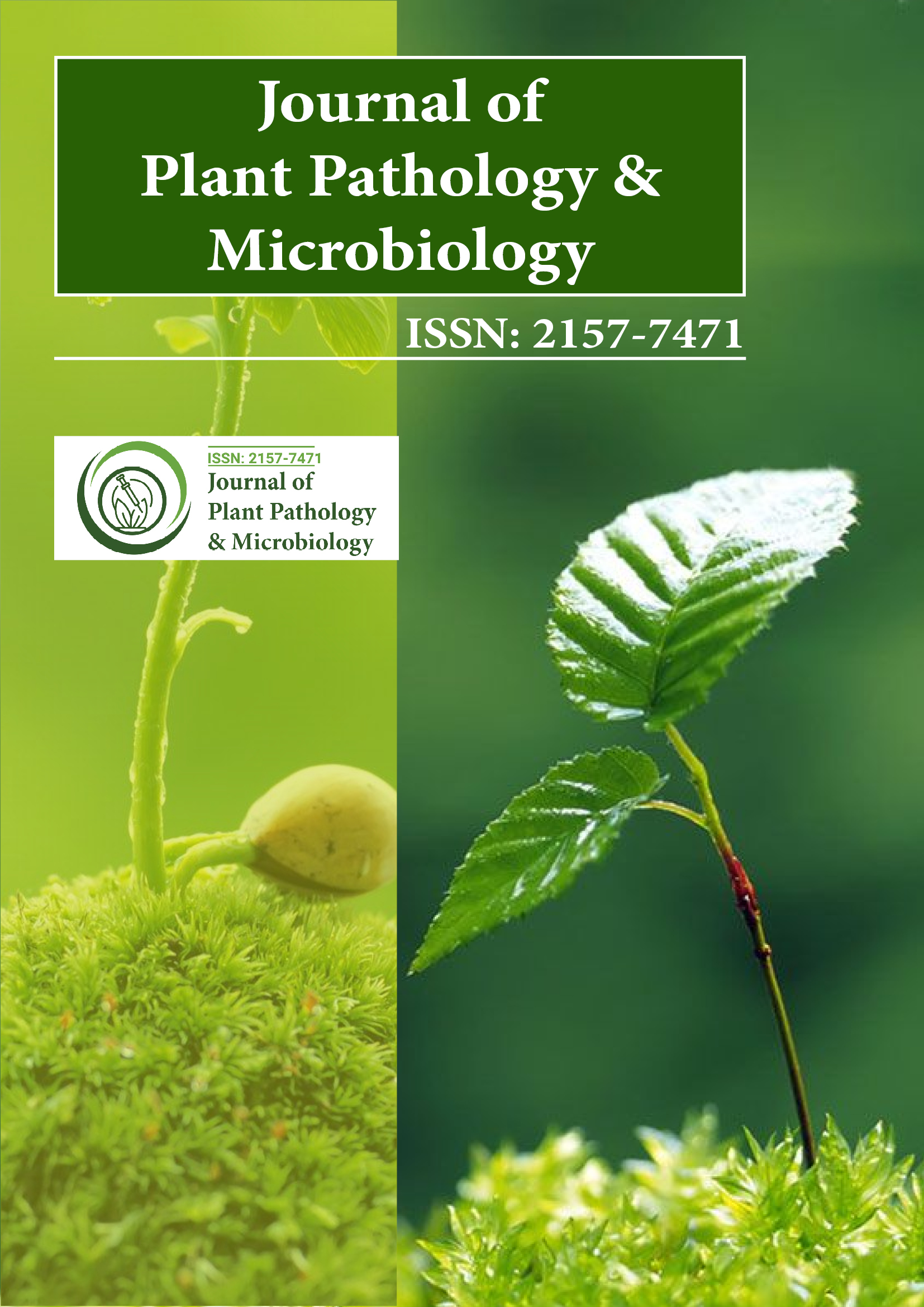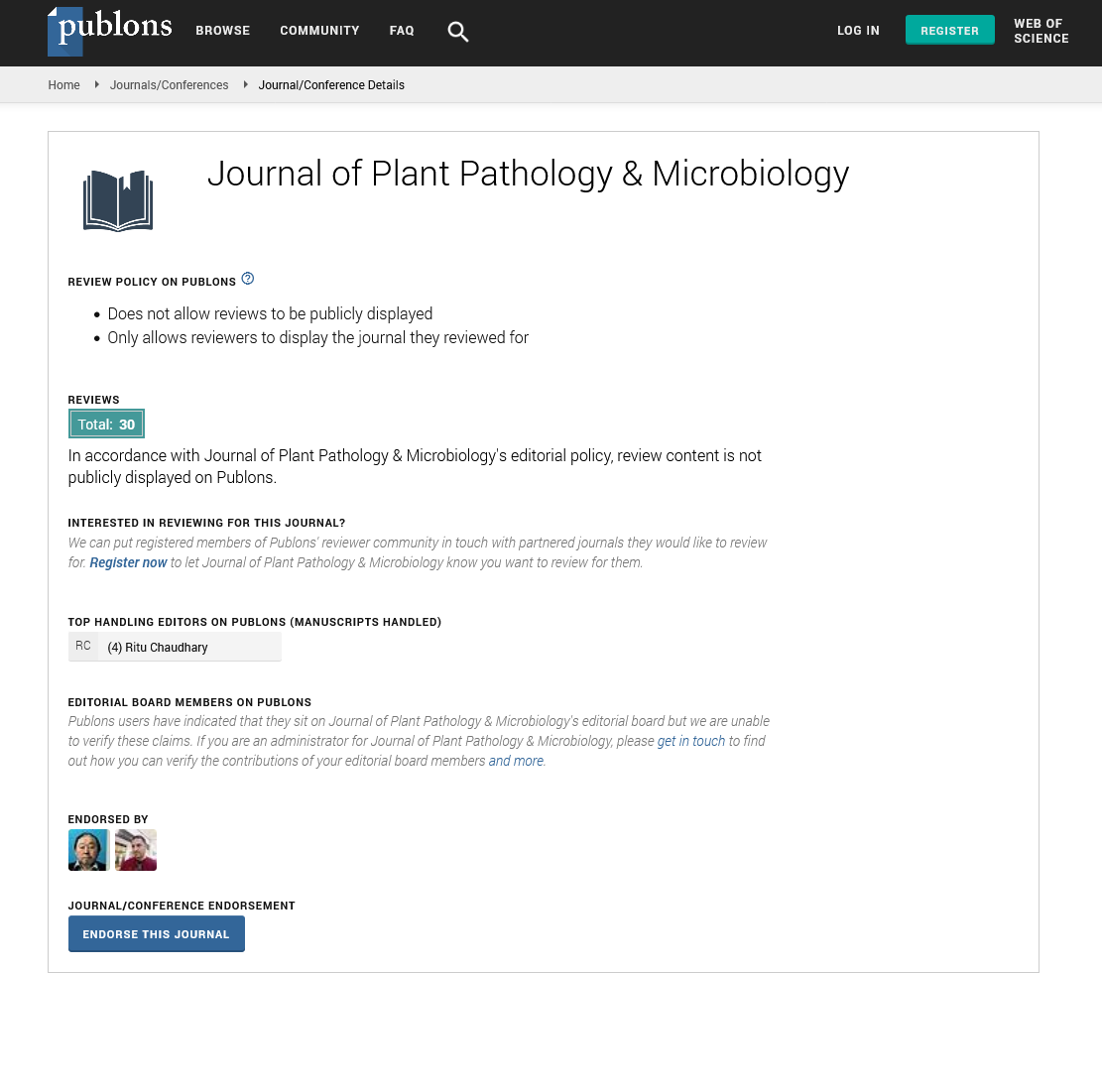Indexed In
- Open J Gate
- Genamics JournalSeek
- Academic Keys
- JournalTOCs
- CiteFactor
- Ulrich's Periodicals Directory
- Access to Global Online Research in Agriculture (AGORA)
- Electronic Journals Library
- Centre for Agriculture and Biosciences International (CABI)
- RefSeek
- Directory of Research Journal Indexing (DRJI)
- Hamdard University
- EBSCO A-Z
- OCLC- WorldCat
- Scholarsteer
- SWB online catalog
- Virtual Library of Biology (vifabio)
- Publons
- Geneva Foundation for Medical Education and Research
- Euro Pub
- Google Scholar
Useful Links
Share This Page
Journal Flyer

Open Access Journals
- Agri and Aquaculture
- Biochemistry
- Bioinformatics & Systems Biology
- Business & Management
- Chemistry
- Clinical Sciences
- Engineering
- Food & Nutrition
- General Science
- Genetics & Molecular Biology
- Immunology & Microbiology
- Medical Sciences
- Neuroscience & Psychology
- Nursing & Health Care
- Pharmaceutical Sciences
Opinion Article - (2024) Volume 15, Issue 4
Functional Diversity of Soil Enzymes in Plant Disease Suppression Networks
Priya Sharma*Received: 28-Nov-2024, Manuscript No. JPPM-24-28280; Editor assigned: 02-Dec-2024, Pre QC No. JPPM-24-28280 (PQ); Reviewed: 16-Dec-2024, QC No. JPPM-24-28280; Revised: 23-Dec-2024, Manuscript No. JPPM-24-28280 (R); Published: 30-Dec-2024, DOI: 10.35248/2157-7471.24.15.740
Abstract
Description
Soil enzymes are pivotal components of the soil ecosystem playing an essential role in nutrient cycling organic matter decomposition and maintaining soil health. Beyond their wellrecognized functions in supporting plant growth these enzymes are integral to plant disease suppression networks. Their functional diversity contributes to the regulation of pathogen population’s enhancement of plant immunity and promotion of beneficial microbial communities which collectively protect plants from diseases. The activity of soil enzymes is primarily mediated by soil microorganisms plant roots and decaying organic material. Microorganisms including bacteria and fungi secrete various extracellular enzymes that degrade complex organic compounds into simpler forms influencing the availability of nutrients and the dynamics of soil biota. The actions of these enzymes are central to maintaining a balanced microbial ecosystem where pathogenic populations are naturally suppressed through competition and antagonistic interactions. Enzymes such as cellulases, chitinases and glucanases play a direct role in pathogen suppression by breaking down structural components of fungal or bacterial cell walls effectively reducing their viability and capacity to infect plants. Chitinase is one of the well-studied enzymes in the context of plant disease suppression.
It specifically targets chitin a primary component of fungal cell walls degrading it into smaller units and disrupting fungal growth. The production of chitinases by rhizosphere microbes such as species in the genera Bacillus Pseudomonas and Trichoderma has been extensively documented for its antifungal effects. Additionally plants also synthesize chitinases as part of their induced immune response further reinforcing their defense network against fungal pathogens.
Soil enzymes also contribute indirectly to disease suppression by modulating soil health and fertility. For instance phosphatases ureases and dehydrogenases facilitate nutrient cycling creating an environment conducive to the proliferation of beneficial microorganisms. These beneficial microbes including Plant Growth-Promoting Rhizobacteria (PGPR) and mycorrhizal fungi outcompete and inhibit pathogenic organisms by occupying niches producing antimicrobial compounds or inducing systemic resistance in plants. The nutrient-rich microenvironments fostered by enzymatic activity ensure that plants remain robust and less susceptible to diseases. The functional diversity of soil enzymes extends to their role in breaking down toxic compounds including allelopathic chemicals and residues of synthetic agrochemicals that may suppress beneficial microbes or create conditions favorable for pathogens. For example lignindegrading enzymes such as lignin peroxidases and laccases detoxify phenolic compounds and other inhibitory substances promoting a balanced microbial community and reducing pathogen dominance. In pathogen-infested soils enzymes such as proteases and lipases contribute to disease suppression by targeting proteinaceous or lipid-based structures essential for pathogen survival and virulence. Proteases in particular degrade proteins secreted by pathogens that serve as effectors or toxins thereby undermining their ability to overcome plant defenses. Similarly lipases interfere with the integrity of lipid-based cellular structures weakening pathogen stability and infectivity.
Environmental factors significantly influence the activity and diversity of soil enzymes shaping their contributions to plant disease suppression. Factors such as soil pH temperature organic matter content and moisture levels determine the stability and functionality of enzymes as well as the activity of microbial producers. Agricultural practices including crop rotation intercropping organic amendments and reduced chemical inputs enhance soil enzyme activity by promoting microbial diversity and stimulating enzyme secretion. For example the incorporation of organic composts rich in substrates such as cellulose or chitin can amplify the activity of cellulases and chitinases enhancing the soil's suppressive potential. The synergistic interactions between soil enzymes and other components of the plant-soil microbiome are critical for building resilient disease suppression networks. For instance some enzymes act in concert with microbial metabolites or antibiotics to enhance their antimicrobial effects creating a layered defense against pathogens. Moreover, enzymes involved in signaling pathways such as those linked to the synthesis or breakdown of signaling molecules play roles in regulating the complex communication between plants and soil microbes further strengthening plant immunity.
Citation: Sharma P (2024). Functional Diversity of Soil Enzymes in Plant Disease Suppression Systems. J Plant Pathol Microbiol. 15:740.
Copyright: © 2024 Sharma P. This is an open access article distributed under the terms of the Creative Commons Attribution License, which permits unrestricted use, distribution, and reproduction in any medium, provided the original author and source are credited.

